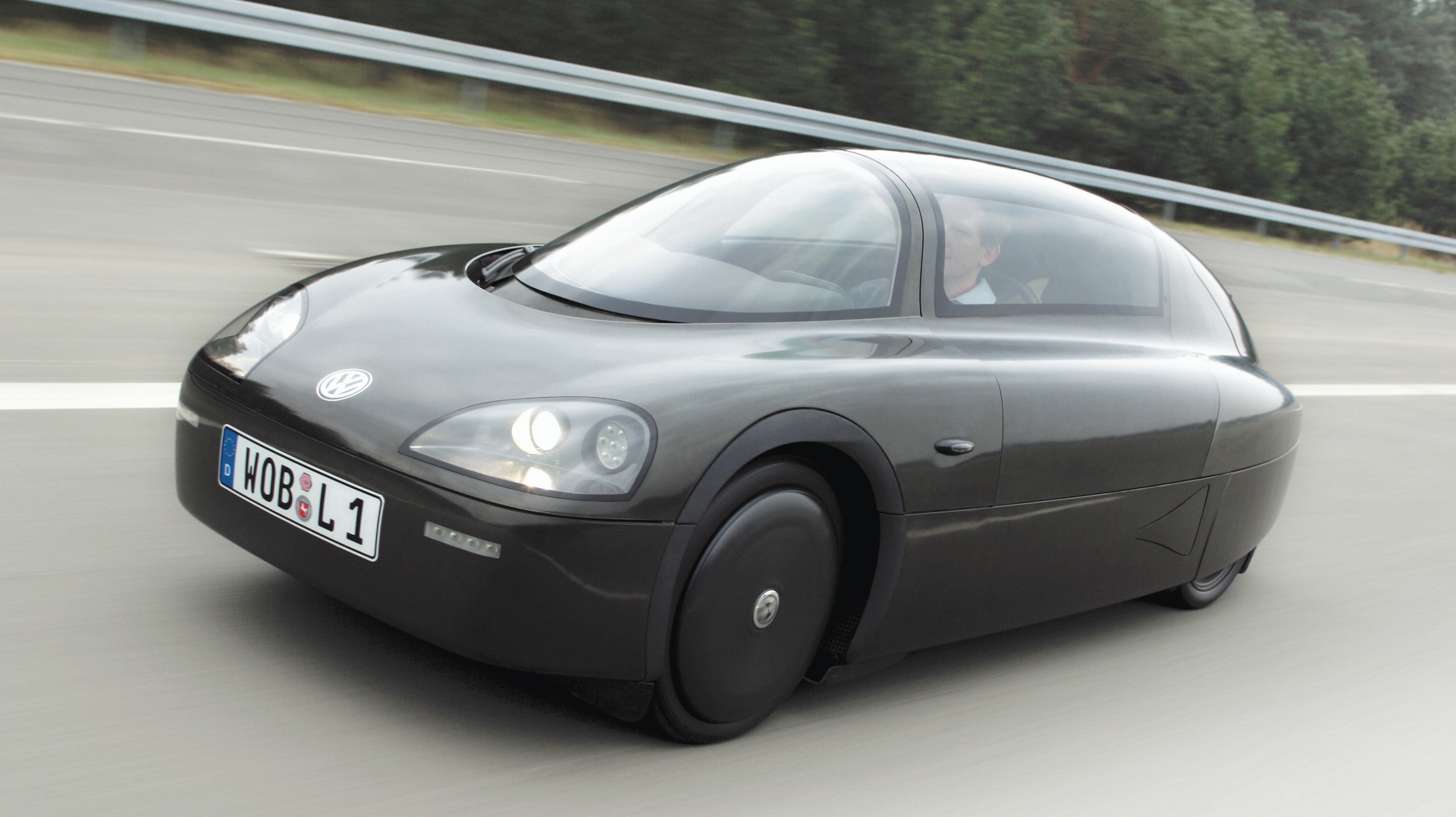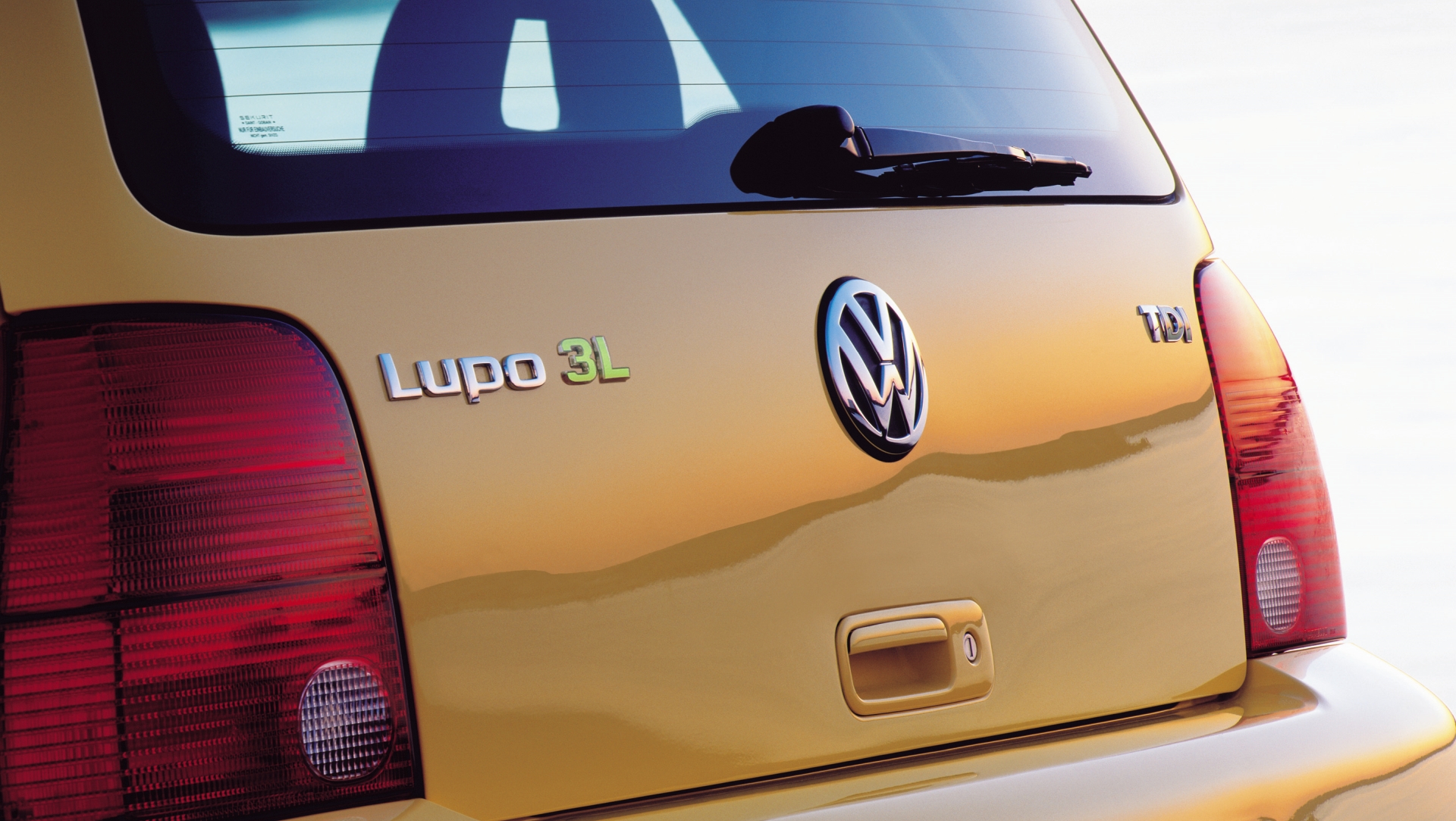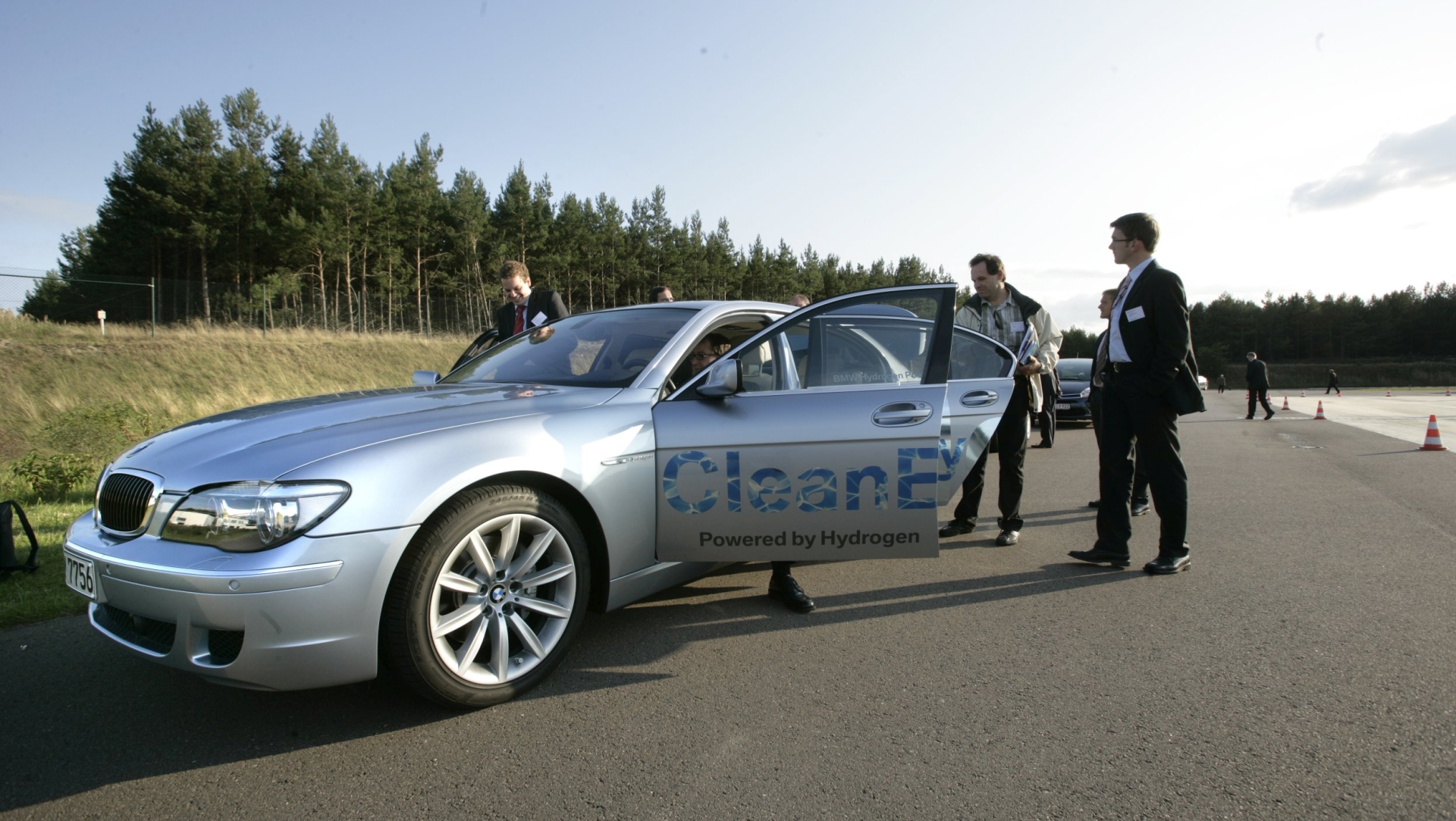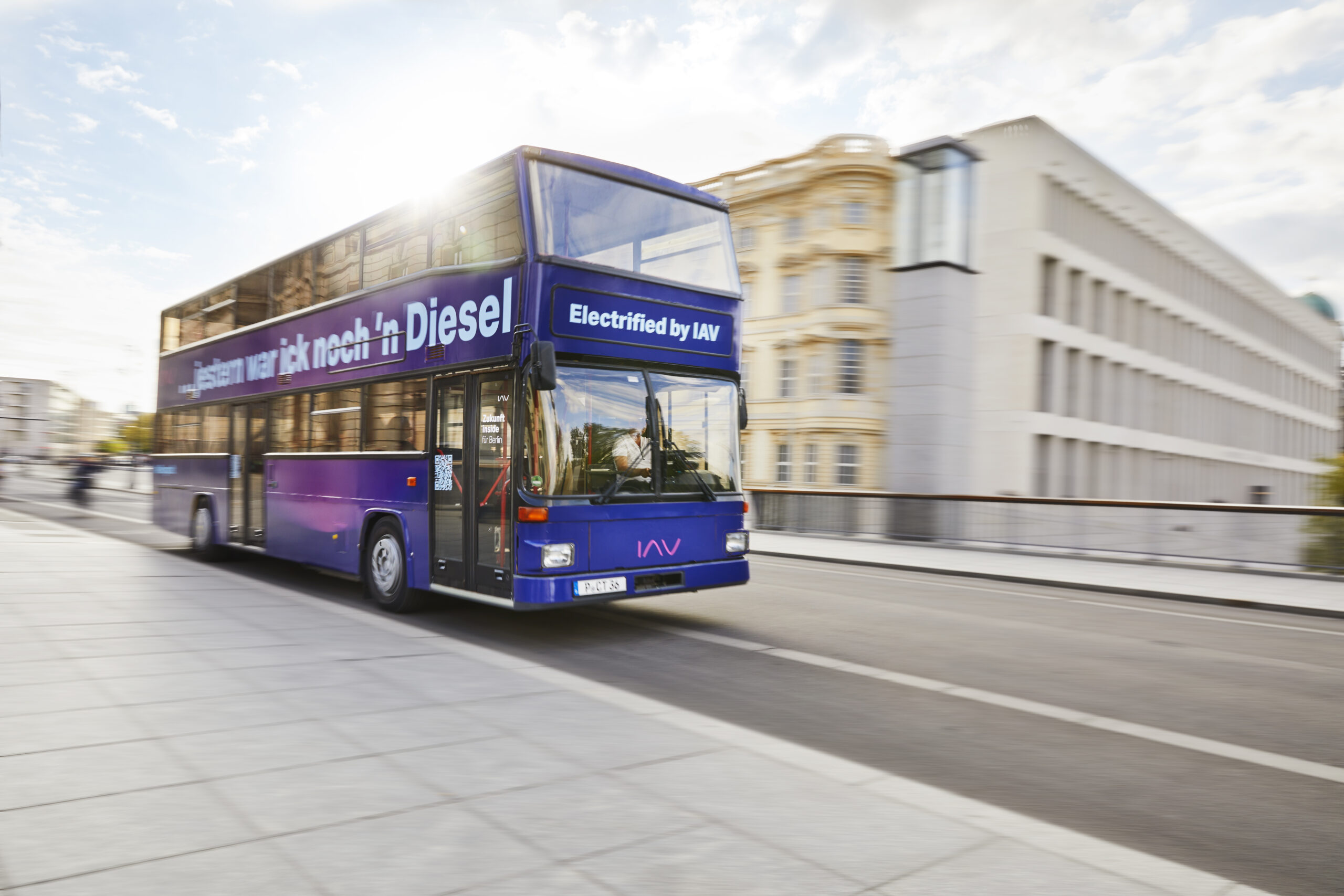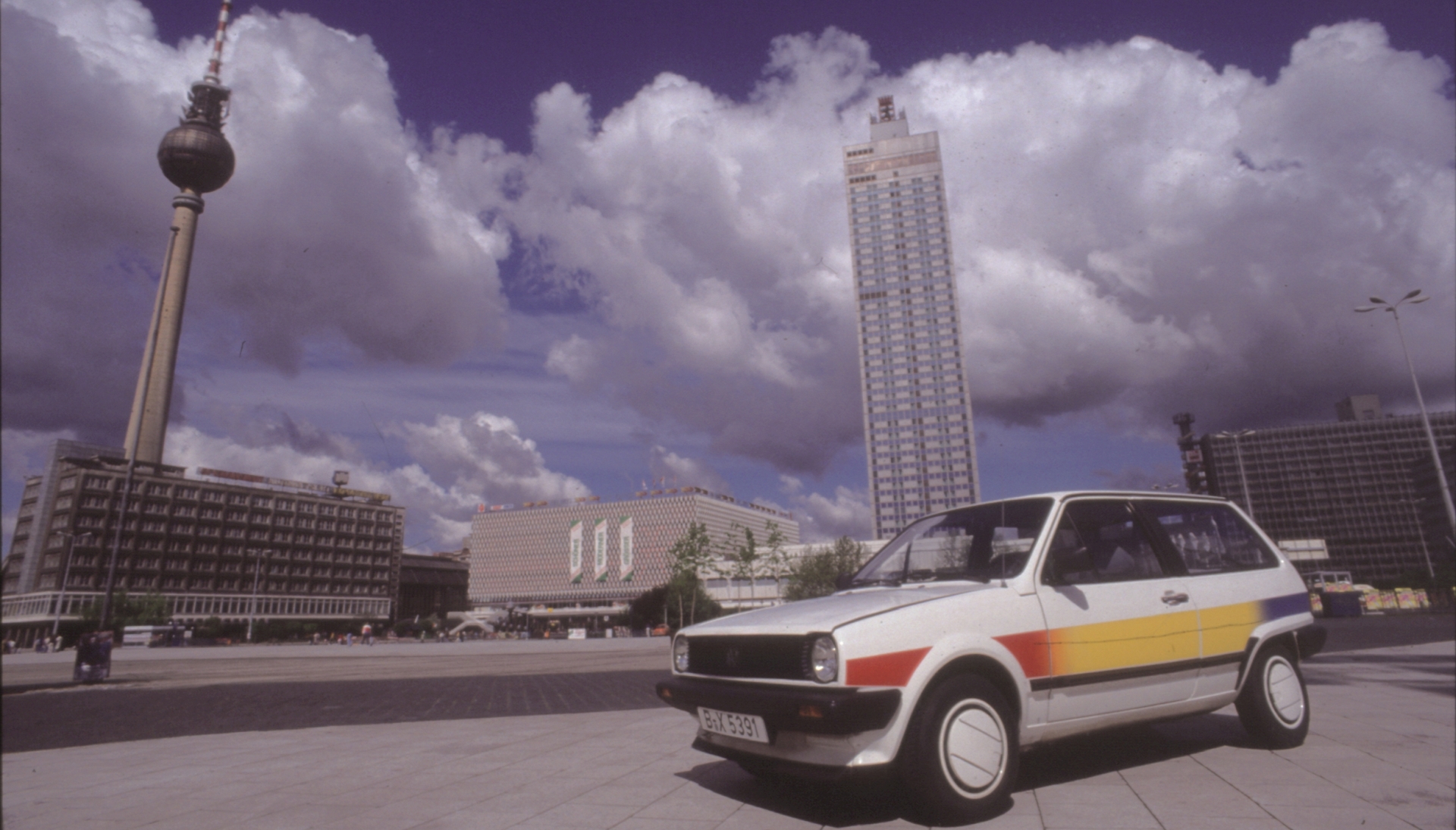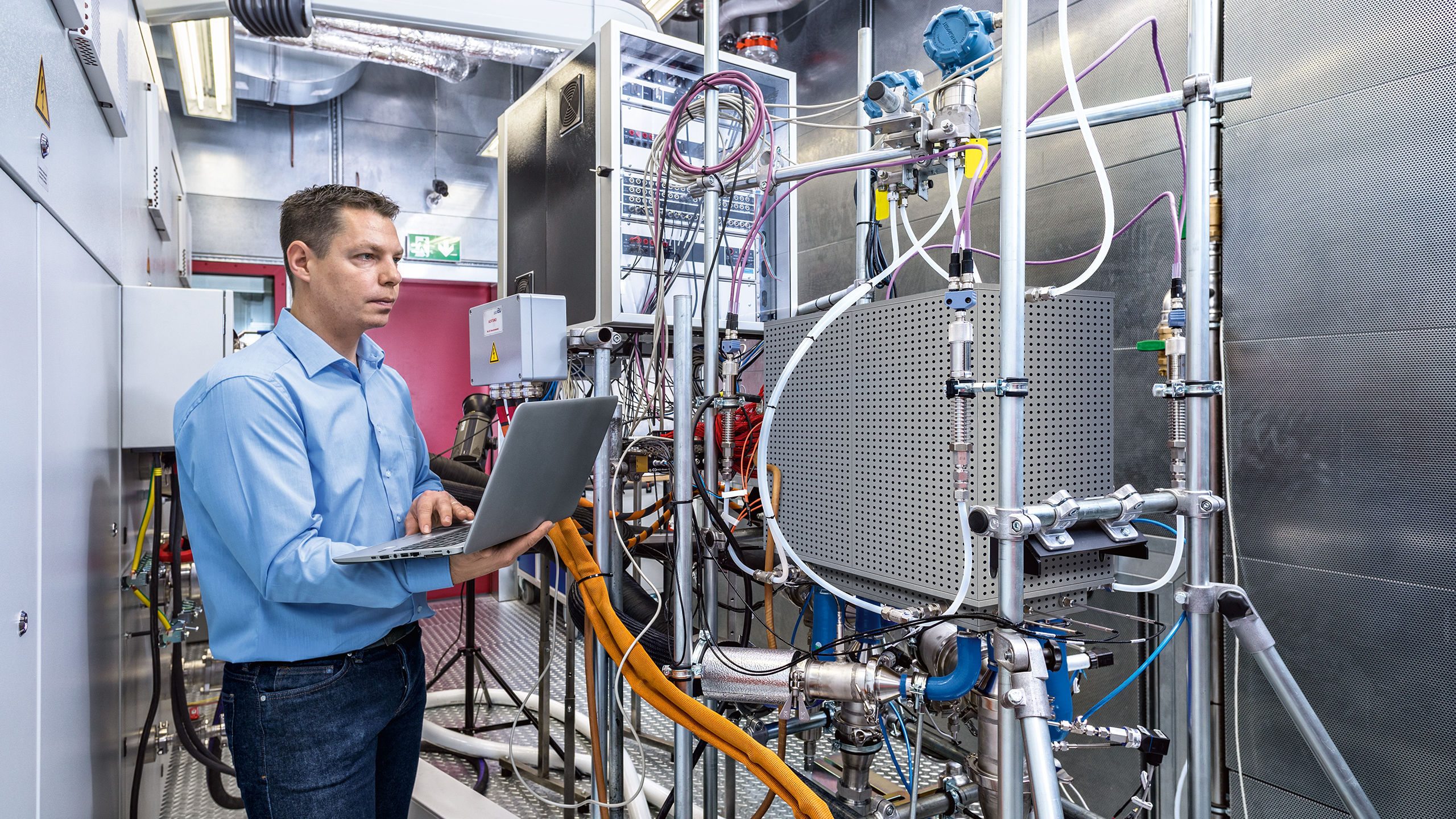#IAV40
From two-engine bus to one-liter car
Less consumption, fewer emissions – this was IAV’s goal from the very beginning of vehicle development. One special project in this context was the twin-engine Bi-Mot bus.
With funding from the federal government and the state of Berlin, it became the first large-scale project for the young company. IAV got started in 1984 – with a novel drive concept for city buses. The power of the two 6-cylinder direct-injection diesel engines is transmitted to the rear axle via an automated 5-speed manual transmission each using a summation gearbox.
“Synchronizing and controlling two engines so that everything works smoothly together – that was challenging,” recalls Thomas Komischke, a design engineer at IAV at the time.
The first test vehicle to be built was a minibus, followed by a standard line bus (SLII) and an SLII in coach design. The last two concepts ran for several months in BVG’s (Berlin’s transportation company) regular service and consumed significantly less fuel than comparable standard concepts.
The project was decisive in helping to build up expertise on topics such as powertrain, application and concept development, provided valuable experience in working with partners and put IAV on the road to success. Numerous engine projects followed in which IAV played a leading role or cooperated in helping to reduce fuel consumption, for example the 1.4-liter engine for VW Beetle production in Mexico in 1993, the 3-liter VW Lupo in 1999 and the 1-liter car in 2002.
